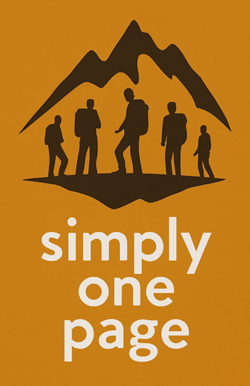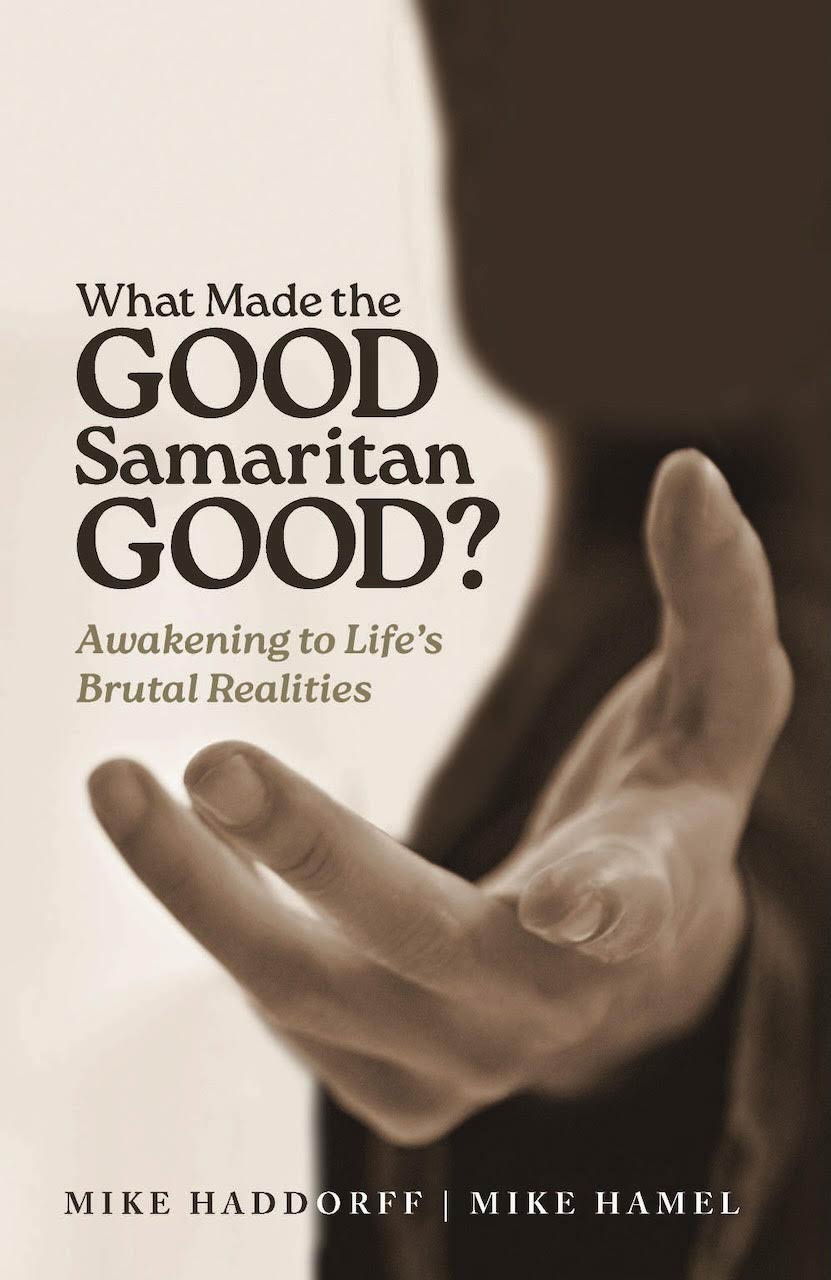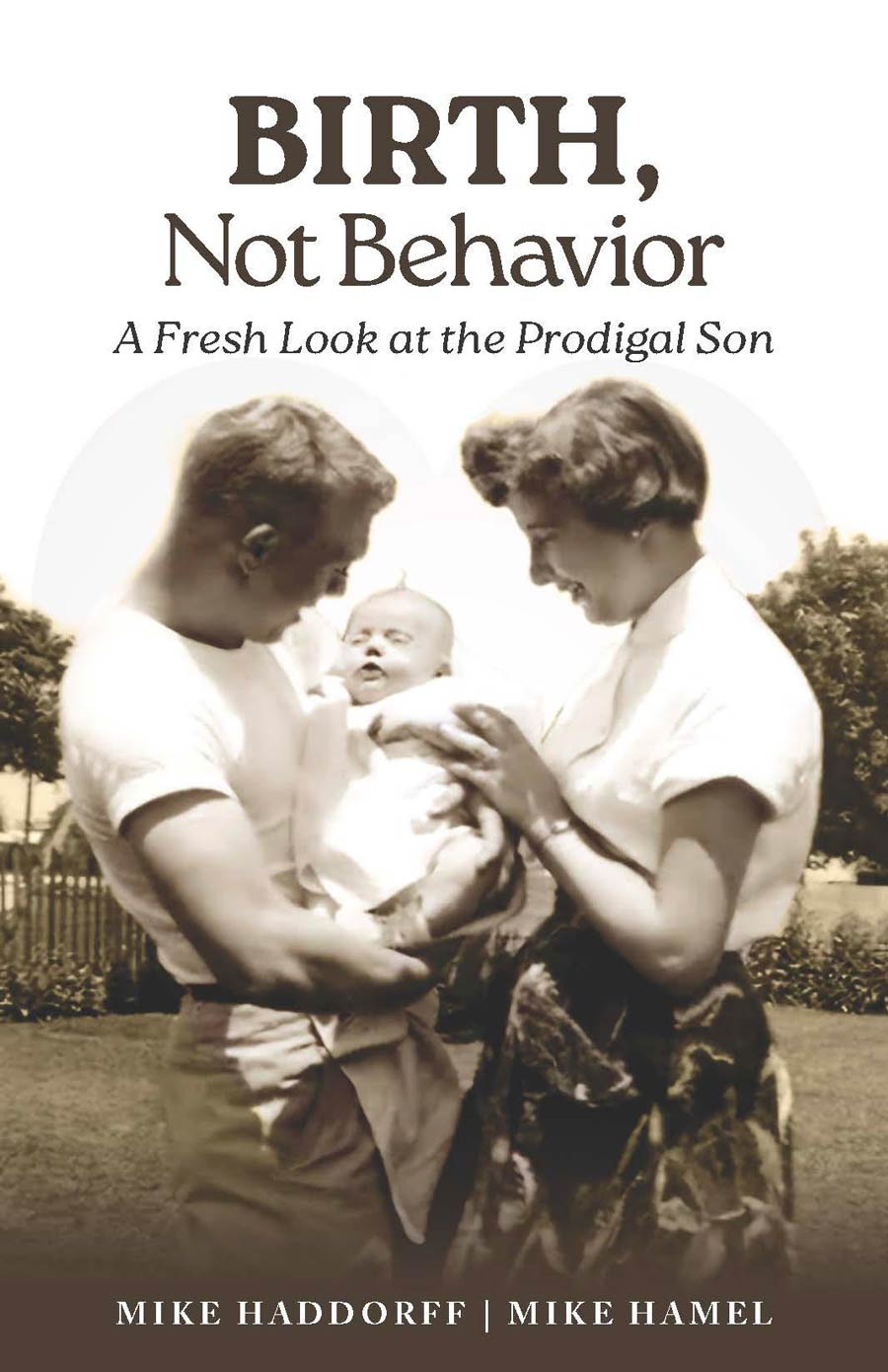When I read a set of instructions from IKEA, I get it. Step-by-step, I follow the pictures and end up with the desired result. My neighbor Jeff does the same with his set of instructions for the same product, and when we compare our work, the results match. That’s the nature of a clear manual—you follow it, you get the same thing. The Bible isn’t like that.
What seems clear to one person is often interpreted differently by another. Two thousand years of church history stand as proof of this: sincere, Scripture-loving people have landed in widely different places on theology, practice, and meaning.
Here’s the irony: almost every Christian I know holds Scripture in deep respect. We share a longing to understand God’s truth and align our lives with God. That’s powerful common ground. Yet, from that foundation, we branch into significantly different tribal groups. Digression then occurs through talking past one another, each defending our corner with our favorite verses.
This further destructs into a kind of “Bible verse grenade launch”—I toss a verse, you toss one back. We leave not closer in understanding but pelted by frustration.
Rather than ready-fire-aim, what if we begin with the big story arc of Scripture? We each express how we personally see the Bible’s overarching narrative before diving into the details. This creates space for clarity, humility, and listening, not winning.
Here’s a simple, commonly shared framework for our good news story:
1. Creation — God, in perfect goodness, brought everything into being. Humanity was made for relationship.
2. Fall — Human act has fractured that harmony, introducing sin, brokenness, and separation from God, from each other and one’s self.
3. Redemption — God’s rescue plan unfolds through the life, death, and resurrection of Jesus, offering reconciliation in all aspects.
4. Restoration — Scripture points forward to presence, justice, and peace as fully restored.
Maybe begin with: How do I see Creation? What does it say about God and humanity?
When we lead with our narrative arc rather than our proof texts, we shift the tone. We’re no longer trying to “win” a debate but to understand how each person sees God’s story unfolding. This doesn’t erase our differences, but it creates the space to hold them relationally, peacefully, and productively.





